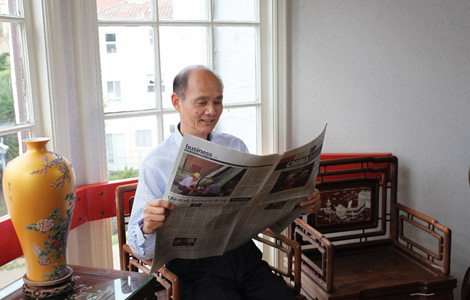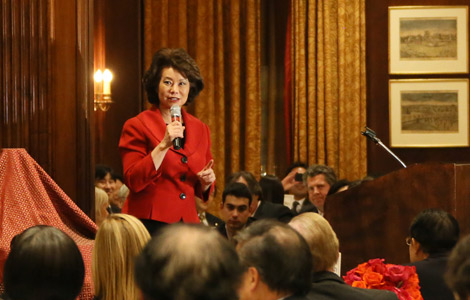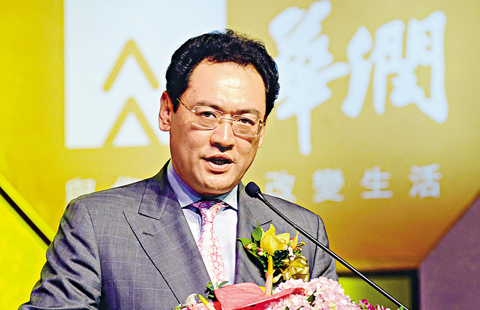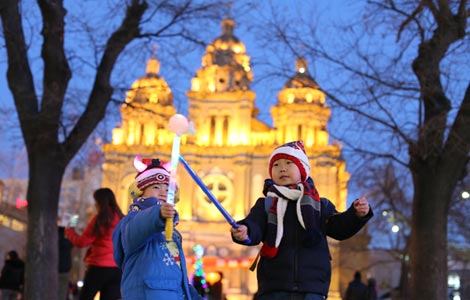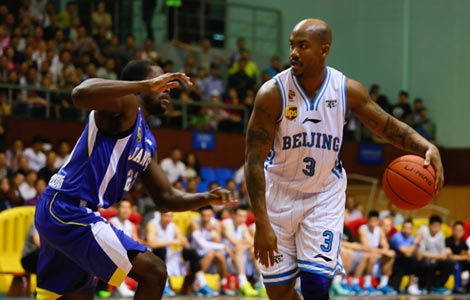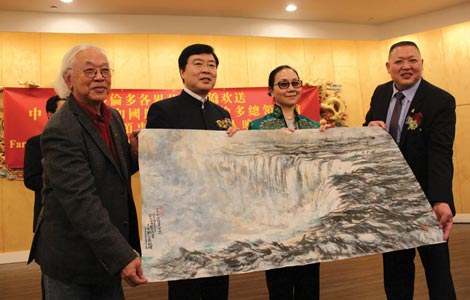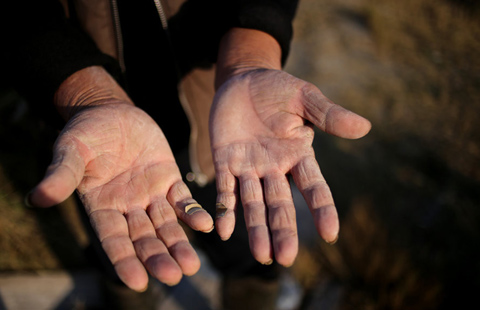Getting to know emperors through their stuff
Updated: 2014-12-12 01:09
By CHRISTOPHER DAVIS from New York(China Daily USA)
|
||||||||
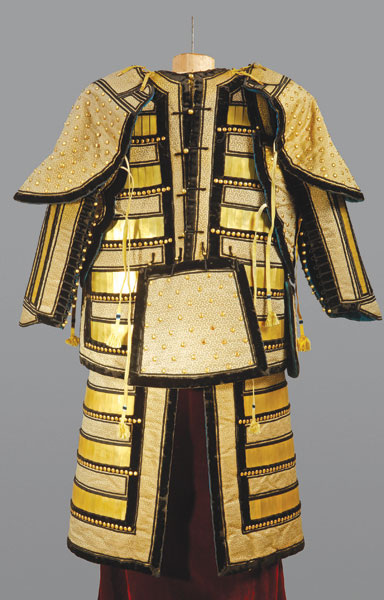 |
|
A Qing Dynasty emperor’s ceremonial armor made of cotton padding, woven silk, gilt copper studs and metal plate. [Photo courtesy of the Palace museum, Beijing] |
Auspicious symbols
The throne in the exhibit, for example, one of many that would have been in the Forbidden City, features auspicious symbols - cranes and elephants in particular - reminding everyone that the emperor was the intermediary between celestial beings and earthly beings, he being the one in between who relays messages back and forth and convenes that power not just for China, but for the whole world.
"There was a herd of elephants that was kept by the palace," Augaitis said, "so the thousands of people who would come into work every morning and enter the gates of the Forbidden City would be greeted by this herd of elephants - another display of power and wealth and authority."
The emperor and his family had no choice but to wear clothes adorned with five-clawed dragons, which no one else could do. "Anyone outside the imperial family who was caught wearing clothing embellished with a dragon would be executed for lese-majeste, the crime of infringing on the emperor's sovereignty," said Brook. The exhibit features several examples, the embroidery, in many cases gold-threaded, is so well preserved it looks new.
Anyone entering the Forbidden City, something officials and even foreign visitors were required to do before dawn, took part in a tightly scripted ceremony that drove home one main theme - the impregnable omnipotence of the emperor.
The ceremony was accompanied by percussionists playing two racks of bells and chimes set up on either side of the entrance to the throne room. Using music as metaphor, the tones were a reminder that just as every note should harmonize with every other, no person should step outside the harmony of his or her proper place in the order of things.
The rack of 16 gilt bronze bells - one row of eight yang (masculine) bells and one row of eight yin (feminine) - in the exhibit were cast by order of Emperor Qianlong in 1764 and are decorated with double-headed dragons. Recordings in the exhibit give visitors a taste of their timbre.
An ink-on-silk portrait of Emperor Qianlong, a pivotal figure in the Qing Dynasty, painted in the last decade of his reign in the 1790s, is considered an accurate likeness.
Qianlong took over from his successful father and grandfather, inheriting a solvent throne with secure borders and a reasonably honest and uncorrupted administration. With no pressing matters as a young emperor, Qianlong turned to literature and produced more poetry than any of his predecessors. As he grew older, he turned to war and through 10 perfect military campaigns, pushed the boundaries of China out to roughly where they are today.
"China in the Ming Dynasty was about a third of what it was by the end of the 1800s," Brook said.
The Forbidden City was built in the Ming Dynasty (1368-1644) and emperors lived there through the Ming and Qing (1644-1911). Brook explained that there wasn't much left from the Ming Dynasty, so most of the objects in the exhibit - and most of what they describe - is of the Qing rulers.
"The Qing emperors were kind of unusual because they weren't Chinese, they were Manchus," Brook said. "They came from a semi-nomadic background up in southern Siberia and very much felt at home out on the Steppe, out on horseback, hunting, these are the things they loved to do."
Where a Ming emperor might have spent most of his life in the pampered privilege and luxury of the Forbidden City life-style, the Qing emperors spent roughly two-thirds of the year in the palace and the rest of year out further north, hunting or at a summer residence in northeast China.
Formal portraits of emperors were done at every stage of their lives and they varied from court portraits, where they dressed in the precisely prescribed robes they had to wear, to more slice of life fare.
Some emperors had themselves painted doing other things. One painting shows a young emperor in the 1660s at his desk holding a writing brush looking very studious.
Qing emperors, Brook said, weren't overweight hedonists sitting around the harem. They were out doing things. A good Qing emperor was somebody who could ride, shoot, hit a pig at 100 paces with a bow and arrow, a man of the outdoors, who knew how to be active out in the world. They projected a kind of imperial charisma, a hands-on quality ruling.
Another painting from 1630 shows a young Qianlong out hunting, on one knee lighting the fuse of an arquebus - an early form of flintlock musket -cradled in a crutchand aimed at a deer. Speaking to the issue of power, a reminder that "the Qing was as much a gunpowder empire as any other was of that era," Brook writes in the exhibit's brochure.
"For Manchu warriors, war was best fought on land and so hunting was the best practice for war," he writes. "When a Qing emperor had himself painted on the hunt, it was to remind his Manchu subjects that he had not forgotten his origins on the grasslands of Manchuria, unpolluted by the sapping effects of sedentary life."
What Brook found most amusing was the "Album of Emperor Yongzheng Enjoying Himself", a series of 13 paintings each depicting the emperor in a different guise - as a magician tempting a monkey with a peach or a drunken scholar turning away from his books to take in the beauty of a garden, a Taoist sage, a Mongol prince, even a Frenchman in a wig.
"I take this as a reflection of the fact that these men aren't Chinese and they have a sense that, in ruling the Qing dynasty, the Chinese were just one of their constituencies," Brook said. "They had Manchus, Mongols, Uyghurs, Zunghars, Tibetans. They had a lot of subjects spread out over Asia, and they had to appear legitimate to all their constituency.
"So they would appear to the Chinese dressed in Chinese clothes, but to the Mongols they would dress up as Mongols," he said. "They were extremely good at living in a kind of multiculturalism that I think we kind of forget about. We think of China today as rather monolithic, the Chinese culture is one thing and everybody lines up behind Chinese culture.
"The Qing dynasty was anything but that. It was a very multi-cultural world. And the emperors were sensitive to this. They knew they couldn't just be Chinese, because they weren't Chinese. They tried to be all things to all of their constituencies," Brook said. Savvy politicians.
Most Viewed
Editor's Picks

|
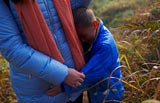
|

|

|
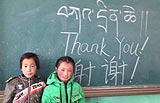
|
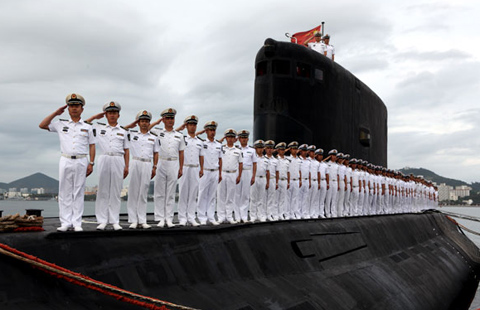
|
Today's Top News
Don't ignore own culture for Xmas, schools tell students
Christmas a day for Chinese food in US
China urged to tap Canada's talent
Research center honors late translator
Chinese dancer joins Nutcracker
Beauty firm's business not pretty in China
Reform set for GDP calculation
'Anti-graft' fight is hottest online topic
US Weekly

|

|
